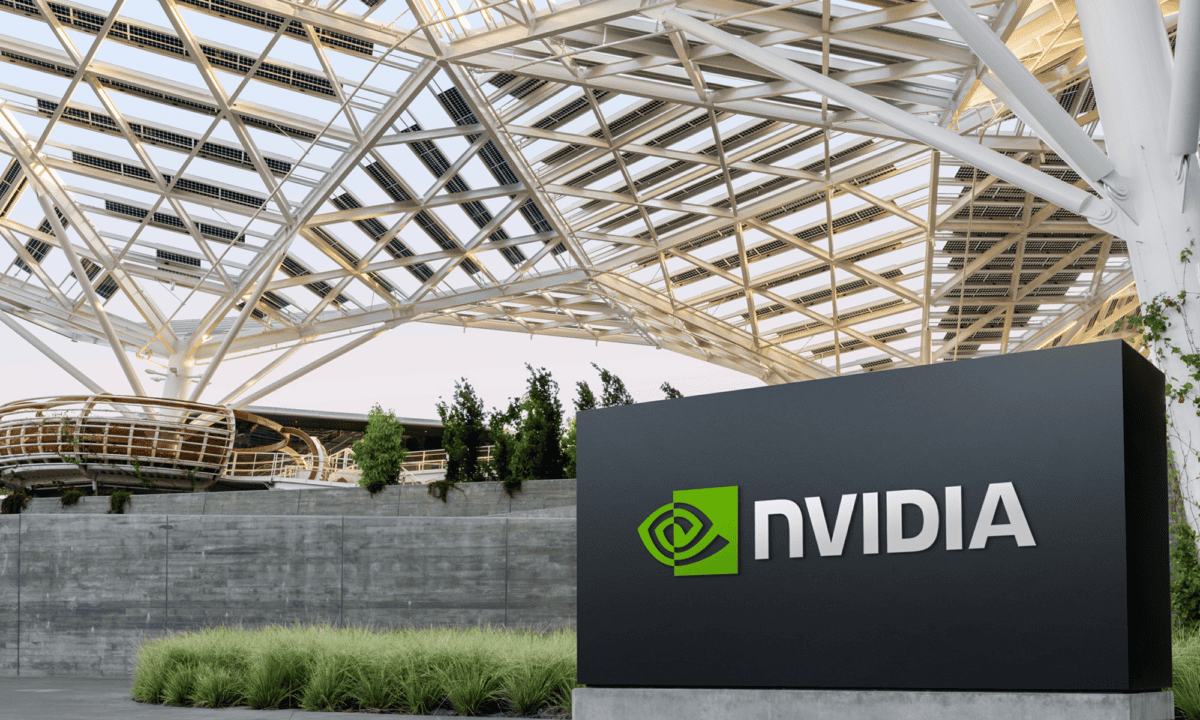Nvidia‘s (NASDAQ: NVDA) stock hasn’t gone on sale often, but when it has dipped slightly since 2023, it has been a no-brainer buying opportunity for investors. While investors may have missed the bottom of the dip when it was down around 25%, is a 10% discount still a good enough price to pay?
Nvidia stock is down 10% from its all-time high set in June. If you’re considering Nvidia stock now, are you buying it for a 10% return or looking for something even bigger?
Next quarter appears to be another strong one for Nvidia
Nvidia has been the talk of the investing world for nearly two years. Its graphics processing units (GPUs) are used by those who want top-tier computing performance. These GPUs have been used almost exclusively by some of the world’s largest artificial intelligence (AI) researchers, which has caused Nvidia’s business to boom.
Demand for its GPUs continues to pick up. In Q2 FY 2023 (ending July 31, 2022), Nvidia’s revenue was $6.7 billion. In Q2 FY 2024 (ending July 30, 2023), it was $13.5 billion. Most recently, in Q2 FY 2025 (ending July 28), it was $30 billion. It’s rare for a company to more than quadruple its revenue in just two years, let alone one doing it at Nvidia’s size. However, its run is expected to continue, as management has guided for revenue of $32.5 billion in Q3.
Clearly, the demand for Nvidia’s GPU hasn’t been satisfied, so buying the dip here looks smart, at least in the short term.
Nvidia’s earnings projections look attainable
Looking forward through the next year, we can use Nvidia’s forward price-to-earnings (P/E) ratio and compare that to its trailing P/E to understand what kind of growth Wall Street has already baked into the stock.

NVDA PE Ratio data by YCharts
At 56 times trailing earnings and 42 times forward earnings, Nvidia needs to achieve 33% earnings growth over the next year to achieve that valuation. If you look at Q2’s earnings per share growth of 168%, you’re probably inclined to think that will be an easy task. But there’s more to that story.
Nvidia’s margins significantly expanded as demand for its GPUs rose.

NVDA Gross Profit Margin (Quarterly) data by YCharts
Starting in Q3, we will directly compare Nvidia’s high profit margins against each other year over year, so Nvidia’s profit growth will still be impressive, but not in the 100%-plus year-over-year range.
As a result, its earnings growth will be more closely tied to revenue growth, but with 80% growth expected, it’s still going to be very impressive.
So with earnings growth of around 80% expected in Q3, I’d say Nvidia is also on track for the medium term.
Long-term demand for GPUs will remain elevated
Last comes the hardest part of the projection, the long term. If you believe that AI growth will continue, you’re already expecting artificial intelligence to play a large role in our daily lives. The question is how much computing power it will require.
Once the big AI developers build out enough computing power to process all the AI training they want, Nvidia’s sales will likely suffer greatly. But when this will happen is anyone’s guess. It could be decades away or right around the corner. With the beginning stages of AI deployment and training just occurring, I’d guess it will be some time before Nvidia struggles.
With Nvidia checking all three boxes from a timing perspective, I think investors can confidently buy the dip in Nvidia’s stock here.








